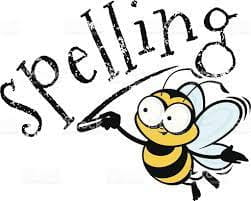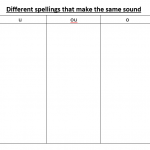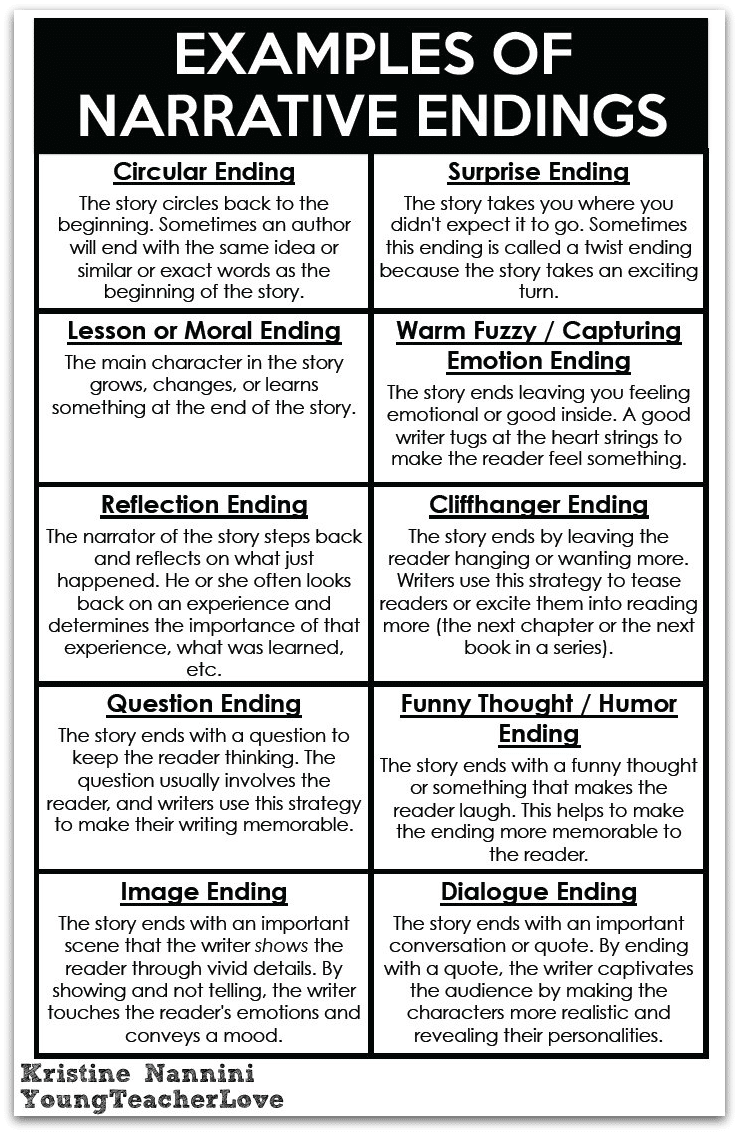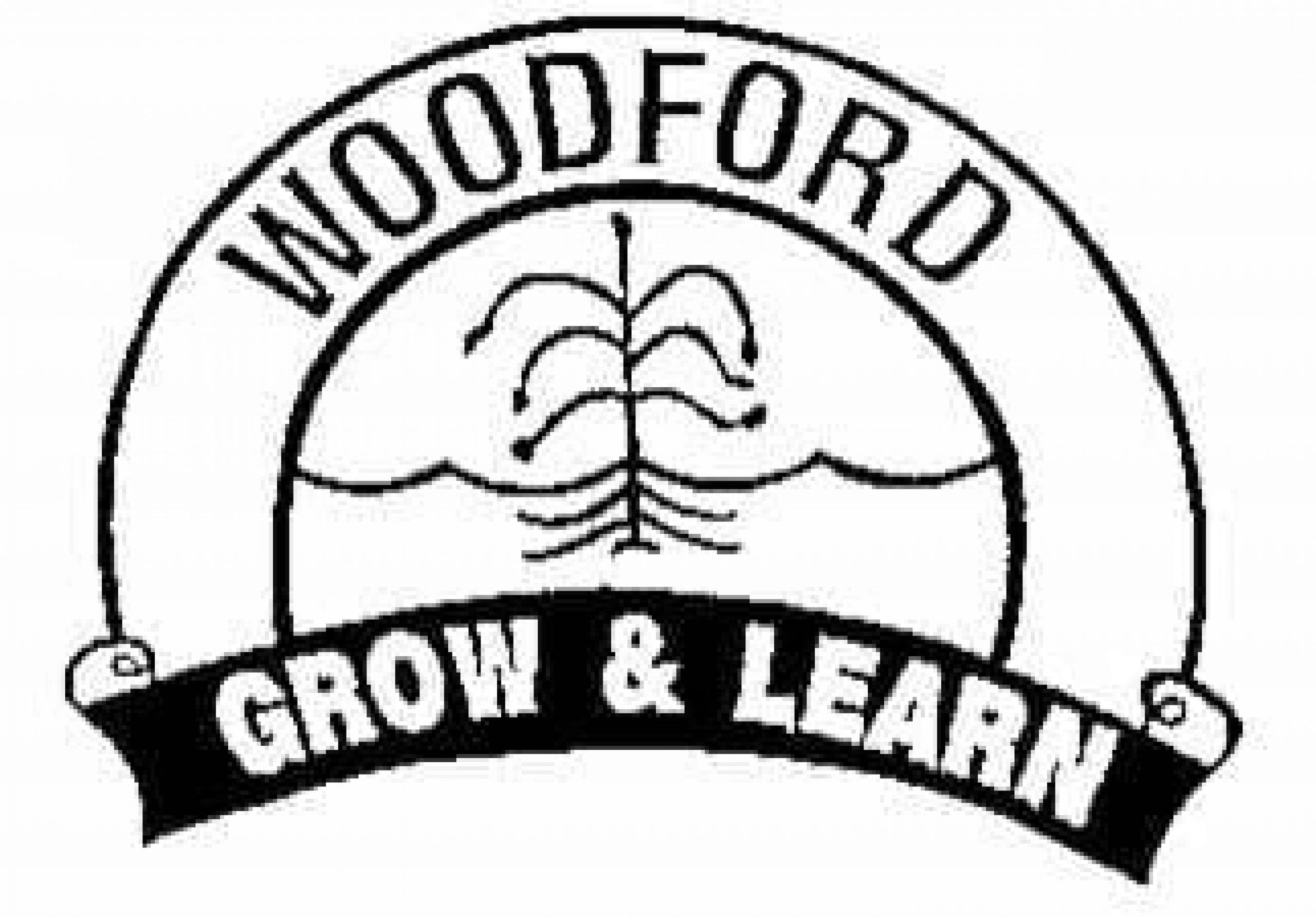



Learning Intention: We are learning to evaluate authors’ use of fantasy characterisation.
Success Criteria:
- I can discuss the reasons why the author created the characters.
- I can think of ways that the author could have made changes to the characters.
Activity:
Watch the clip below and think about the reasons why the author has created the character’s the way they are. Answer the questions below about two of your characters.
Question 6: How has the author represented the character?
(Is the character good or evil? Would you be friends with the character? Do you respect the character?)
Question 7: How could the author represent the character differently?
(If you could make a change to the character, what would it be?)


Organise your spelling words into different spellings that make the same sound. Divide your page into columns adding words that have the same spelling in each column. For example:


Learning Intention: We are learning how to finish our narrative with an exciting ending.
Success Criteria:
- I understand that there are different ways of writing an ending to a fantasy narrative.
- I can write an ending that solves the problem of my story.
- I can include an exciting and interesting ending that captivates the reader’s attention.
- I can include rich vocabulary, and compound and complex sentences in my writing.
- I can add a character wrap up after my exciting ending, that
Narrative Endings
When writing a fantasy narrative, your story should always have a strong ending. A strong ending may include the resolution to the quest, how the character feels or return from the adventurous journey. It should remind the reader what your story was about. There are different ways you can write an ending to your narrative. Please read the examples below:

Activity: Narrative Ending
Choose one of the exciting ending methods from the chart above, and write an ending to your narrative.
- Reread your narrative to get a clear direction on how you might end your story.
- Select one of the different endings from the list above to write the ending to your fantasy narrative.
- Remember to make your ending, exciting, enjoyable and interesting.
- When you have finished writing the ending of your narrative, go back and reread, edit, take parts out that don’t make sense, and add new parts that improve your story.
The final part of writing your fantasy narrative, is to finish with a character wrap up:
Character Wrap up:
A Character Wrap Up is an emotional resolution. How are the characters feeling now? What might they do now that the story has been resolved?
5. Write a character wrap up to conclude your fantasy narrative. (1 paragraph in length.)





